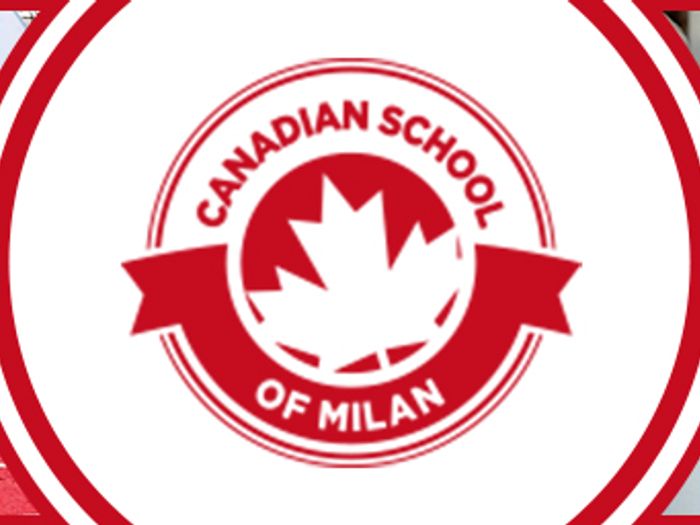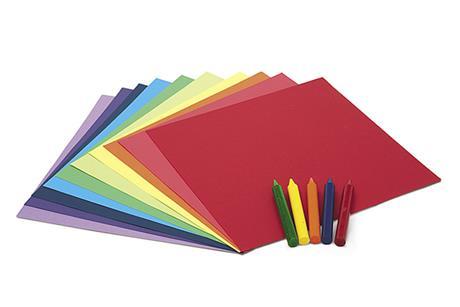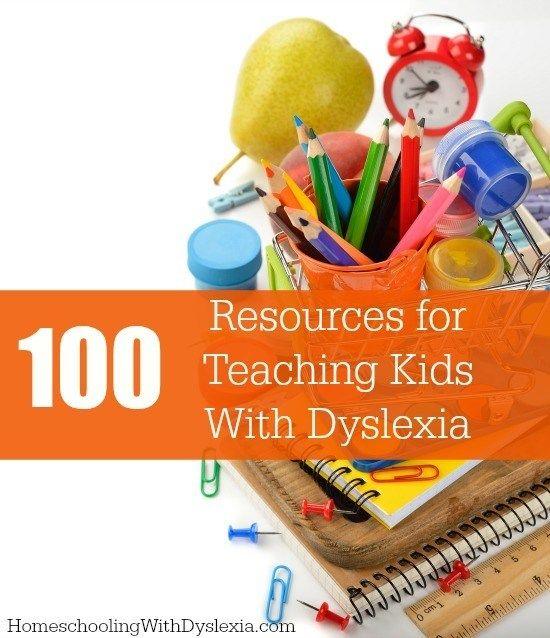Top Reasons For Choosing Italian Primary Teaching Aids
Wiki Article
What Are The Informational And Educational Content That Secondary And Primary Schools Need?
Kindergarten and primary schools typically require a variety of educational and information tools to aid in the development and learning of their students. Curriculum materials are able to support learning objectives in the curriculum of schools. Some examples of items that might be required include: Curriculum materials- These materials are designed to help support the learning goals of the school's curriculum.
Classroom supplies - Classroom equipment such as pencils, paper as well as scissors and glue along with other art materials are necessary to assist students complete their work and other activities.
Educational technology. In the digital age, technological advancements in education, like computers tablets and interactive whiteboards can be used to provide tools for students and improve their education.
Books- The primary and kindergarten schools require a wide range of literature that is appropriate for the age group to promote reading and language development.
Children are able to develop the ability to think spatially and solve problems through manipulatives such as blocks as well as games and puzzles.
Visual aids such as posters maps, charts and posters are visual aids that aid children in learning and retention of essential concepts.
Materials for art and music Children can express themselves through music and art. Materials such as paints as well as instruments and clay are great for this.
Safety equipment - It's crucial to supply safety supplies like posters with fire extinguishers as well as emergency procedures, in order to make sure that staff and students are protected.
In general, both primary and kindergarten schools require an array of education materials and resources to ensure a secure and enjoyable educational environment for the students. Check out the recommended sostegno infanzia for more tips.

What Maths Books Are Suggested For Italian Kindergartens?
Maths didactic cards could be an effective tool to introduce youngsters in Italian nurseries to the basics of mathematical concepts. Maths didactics cards are useful for teaching children basic math concepts. The cards could be illustrated with objects or animals to in making learning more enjoyable.
Shape cards: Shape cards can aid children in learning the names and features of different shapes, such as circles, squares, triangles, and rectangles. They may include real-life illustrations that illustrate each shape.
Color cards: Kids can learn to identify colors by making use of color cards. These cards can have illustrations of objects that are highlighted by a single color. They will entice children more.
Counting cards: Counting cards can aid children in learning to count from 1 to 10 or more. Counting cards may be illustrated by using animals or objects to represent each number.
Time cards. Time cards can be used to teach children the names, dates and times of months and weeks. The cards could include illustrations of clocks and calendars to help enhance learning.
Maths cards should be age-appropriate fun, interactive and engaging for children in the early years. Teachers and caretakers can use these Maths cards to make exciting and engaging Maths exercises. This will stimulate the child's curiosity, as well as their enthusiasm for learning. View the recommended schede didattiche matematica sostegno for blog info.

What Materials For Teaching History Do Italian Nurseries Need?
Italian nurseries can offer children history-based resources that help them learn about their past, appreciate and appreciate the present, and also develop confidence in themselves and belonging. Some examples of history teaching material that might be required are age-appropriate books: Books that concentrate on the historical past, individuals and their cultures can help youngsters build an interest and feelings of connection to the past.
Artifacts and pictures. Artifacts and photographs can aid children in visualizing as well as appreciate and comprehend the historical context and events.
Maps and timelines: Maps as well as timelines can help children comprehend the order of events and how historical events are interconnected.
Storytelling: A powerful tool to introduce children in an engaging way, and with long-lasting memories, to historic stories or individuals is to tell stories.
Dramatic games. Games that are dramatic are a great way to assist children to understand and recreate historical experiences.
Field trips. Children can take advantage of excursions to historic sites as well as local museums. They will have the chance to experience the past firsthand and discover more about it.
The materials for teaching history should be appropriate to the child's age and cultural background. They can be utilized by teachers and parents to create interactive and engaging activities in the field of history that will increase the interest of children and their love of learning. See the recommended sostegno storia for site info.

What Materials Are Needed To Teach Geography In Italian Nursery Schools?
Italian nurseries can utilize geography-related materials to help children understand different cultures and environments. Some examples of the materials that you can use for teaching geography are maps. Maps are helpful in helping children learn about the different countries and regions and also the places of natural features and landmarks.
Globes are a great way to help kids visualize the Earth's surface. They also help them learn about continents and oceans.
Pictures and videos Images and videos from diverse places and cultures can help children understand the variety of the world and gain an appreciation for various ways of life.
Books that are age-appropriate, appropriate for children featuring different cultures and locations can help children develop an understanding of geography and an interest in the world.
Natural materials, like plants, shells and rocks, can be used to teach children about diverse ecosystems and the different environments.
Field trips. Children can learn about the world through hands-on activities and visits to local parks, zoos, or museums.
It is vital to choose geography materials that are suitable for both a child's and a parent's age. They can be utilized by caregivers and teachers to create interactive and engaging geography lessons. This can stimulate children's interest in the world and their passion for learning.
